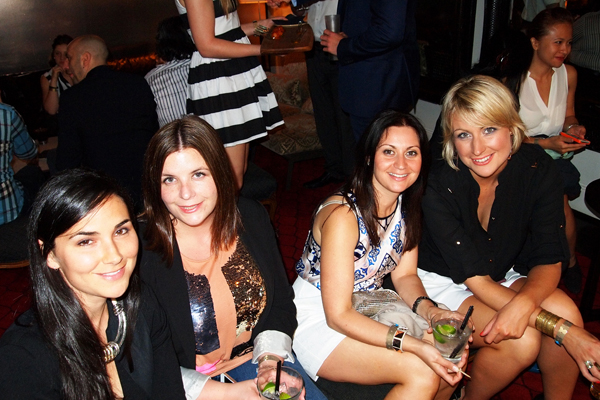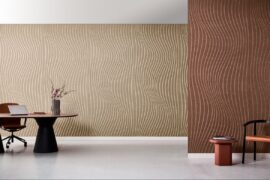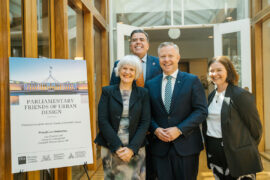…and the honour goes to Gabriel and Elizabeth Poole.
Read the extract article by Jan Howlin from Indesign Magazine Issue #32 here
February 14th, 2008
In being awarded the Royal Australian Institute of Architects’ Gold Medal in 1998, Gabriel Poole was recognised one of the country’s most original and environmentally-attuned practitioners.
While he and his wife, artist Elizabeth Poole, continue to run their design company, they have recently simplified their lives to concentrate on what really matters to them.
Gabriel Poole has spent most of his working life designing houses and investigating ways to make housing better. He has also spent most of his working life on the sub-tropical Sunshine Coast of Queensland, where his architecture not only responds to the local landscape and climatic conditions, but rejoices in them.
His most celebrated works are lightweight structures, raised pavilions with permeable walls and screens that dissolve the boundaries between inside and out. He is equally known for his practical inventiveness, which has led him to novel construction solutions and the use of unorthodox materials. In the process, has also kick-started a new architectural movement in Australia.
Over the past three decades many architects have trained in his offices, and many more have been inspired by him, and the distinctive approach to architecture that has developed in South-East Queensland, as practised by architects like Lindsay and Kerry Clare, John Mainwaring and by Troppo Architects, can be traced back to his influence.
Architectural historian, Jennifer Taylor describes Gabriel’s work as “a fanciful architecture of freedom”. It is founded on the desire for people to appreciate living in his houses as an immediate sensory experience: of the natural environment, the sounds, the breezes, the richness of materials, the changing colours and light.
Given the openness this communion with nature demands, he also expects his architecture ‘to work’ for him – to modulate that light, and, through cross-ventilation and other passive means, to control temperature and, therefore, comfort. His overriding objective, however, is to create volumes that offer a feeling of enrichment, a spiritual dimension, which he describes as “a space where the soul can play”.
Read the whole article in Indesign Magazine #32, at newsagents February 14th.
INDESIGN is on instagram
Follow @indesignlive
A searchable and comprehensive guide for specifying leading products and their suppliers
Keep up to date with the latest and greatest from our industry BFF's!

For those who appreciate form as much as function, Gaggenau’s latest induction innovation delivers sculpted precision and effortless flexibility, disappearing seamlessly into the surface when not in use.

The undeniable thread connecting Herman Miller and Knoll’s design legacies across the decades now finds its profound physical embodiment at MillerKnoll’s new Design Yard Archives.

London-based design duo Raw Edges have joined forces with Established & Sons and Tongue & Groove to introduce Wall to Wall – a hand-stained, “living collection” that transforms parquet flooring into a canvas of colour, pattern, and possibility.
Pressure-cooked design entertains the crowds at the Powerhouse Museum. Alaana Fitzpatrick reports on the Iron Designer phenomenon.

The Skheme team celebrated the end of the 2013 work year with a festive evening at Bar 100 in Sydney’s The Rocks.

Wellness continues to be a central driver in contemporary design. Here are the region’s best wellness spaces according to the INDE jury this year.
NAWIC invites you to hear from 3 highly successful women who are leaders in their fields of design, construction and property. As part of NAWIC’s Women In Business: The Key to Success, 3 speakers will discuss the challenges, opportunities and experiences they have encountered, as well as the importance of mentoring, professional development and self […]
The internet never sleeps! Here's the stuff you might have missed

In contemporary interiors, ensuring a sense of comfort and wellbeing means designing and specifying finishes and products that support all the senses.

The Parliamentary Friends reconvened at Parliament House, uniting political and professional leaders to champion architecture and design.